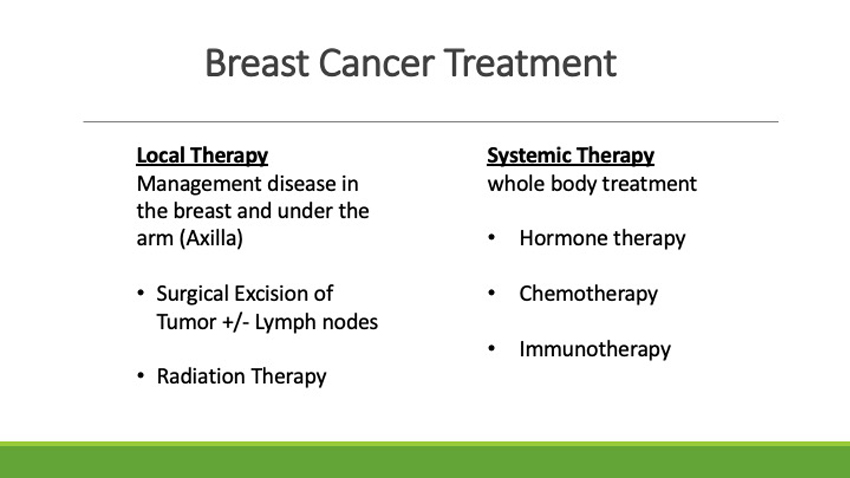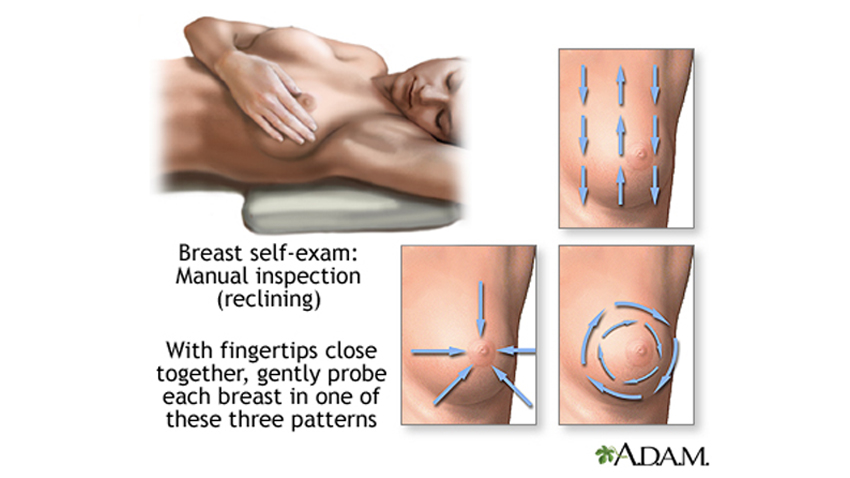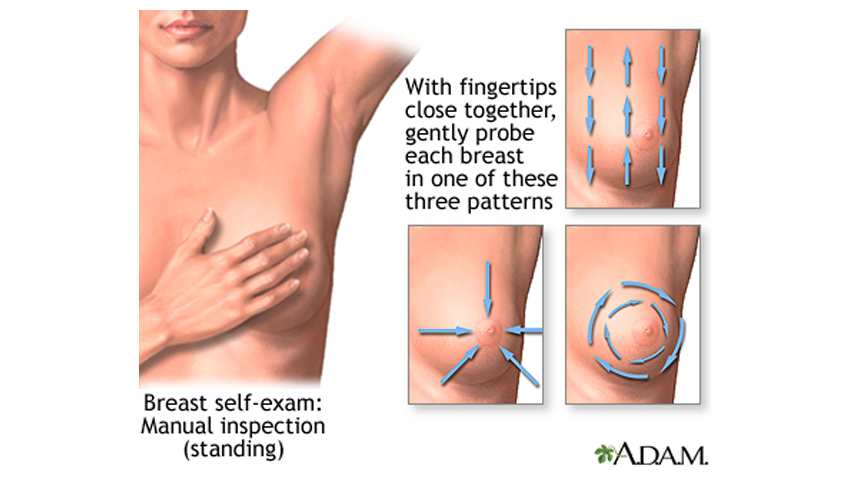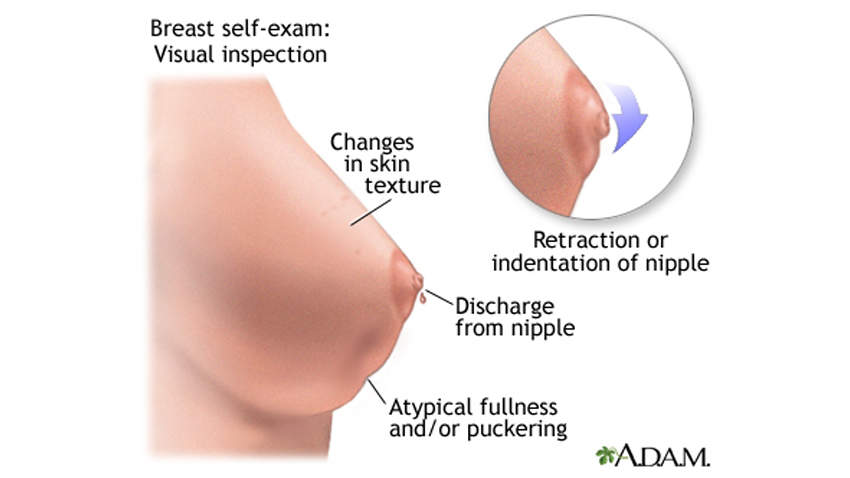Did you know that Breast Cancer is the 2nd most common Cancer in American women to Skin Cancer and the 2nd to Lung Cancer in Cancer Deaths. 1 in 8 women will be diagnosed in America in their lifetime. It is estimated that in 2023, 300,000 American women will be diagnosed and 43,000 will die. Sadly the statistic is that every 2 minutes there is a Breast Cancer diagnosis and every 13 minutes someone dies.

This episode of Housecall with host Dr. David Doman features Dr. Rend Al-Khalili, Breast Imaging Radiologist at Georgetown University Hospital and Dr. Ian Greenwalt, Breast Cancer Surgeon MedStar Georgetown seen above left to right. Learn how to give yourself a self examination and if you have concerns contact your doctor or visit Breast Imaging & Mammograms | MedStar Health for more information. Dr. Al-Khalili explains what is entailed when getting a Screening Mammogram. Also, Dr. Greenwalt describes what happens if you get a Breast Cancer diagnoses and what treatments are available like Chemotherapy, Radiation, and Surgery.

For more information on Dr. Greenwalt click here & for more information on Dr. Al-Khalili click here.
Watch this episode of Housecall & learn more about Breast Cancer below & subscribe to our YouTube channel!
Breast Self-Exam
The best time to do a monthly breast self-exam is about 3 to 5 days after your period starts. Do it at the same time every month. Your breasts are not as tender or lumpy at this time in your monthly cycle.
If you have gone through menopause, do your exam on the same day every month.
Begin by lying on your back. It is easier to examine all breast tissue if you are lying down.
- Place your right hand behind your head. With the middle fingers of your left hand, gently yet firmly press down using small motions to examine the entire right breast.
- Next, sit or stand. Feel your armpit, because breast tissue goes into that area.
- Gently squeeze the nipple, checking for discharge. Repeat the process on the left breast.
- Use one of the patterns shown in the diagram to make sure that you are covering all of the breast tissue.

Next, stand in front of a mirror with your arms by your side.
- Look at your breasts directly and in the mirror. Look for changes in skin texture, such as dimpling, puckering, indentations, or skin that looks like an orange peel.
- Also note the shape and outline of each breast.
- Check to see if the nipple turns inward.
Do the same with your arms raised above your head.

Your goal is to get used to the feel of your breasts. This will help you to find anything new or different. If you do, contact your provider right away.


